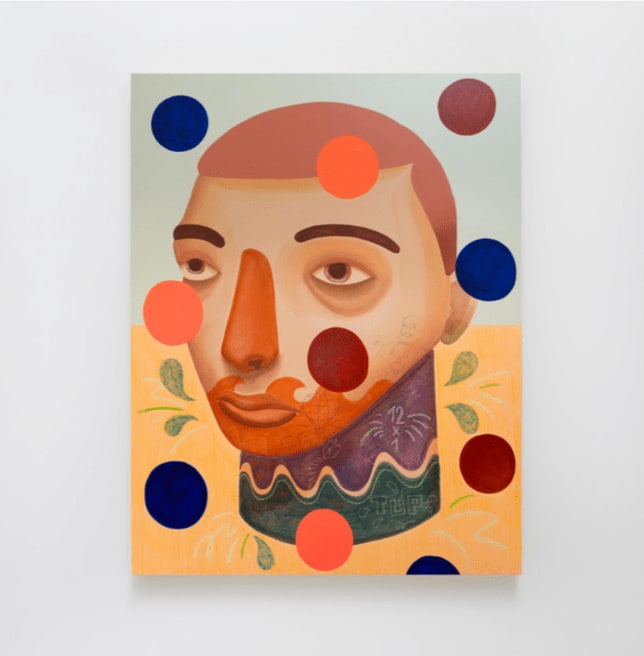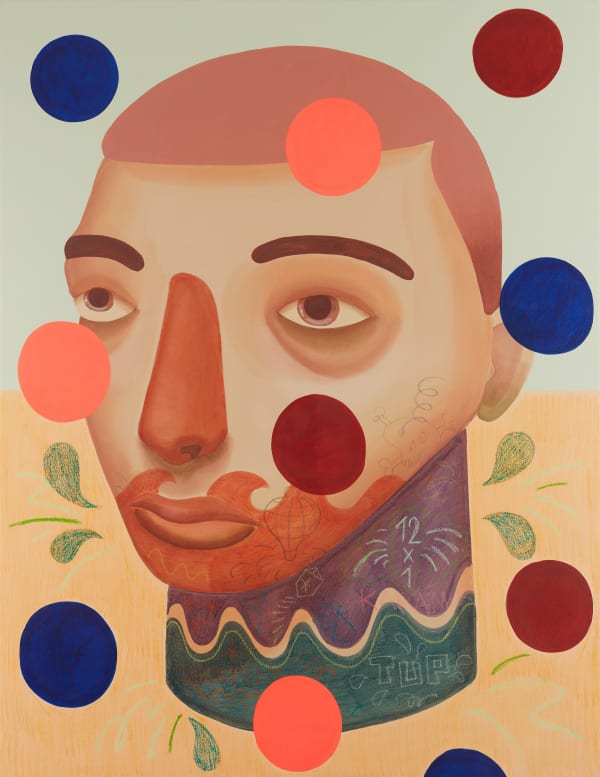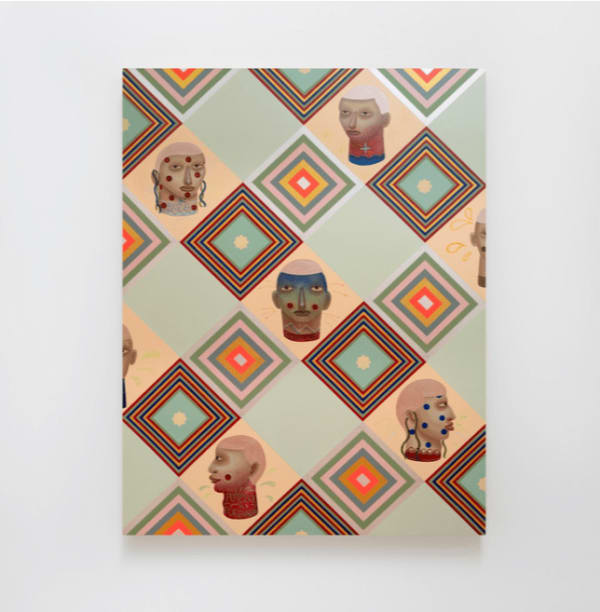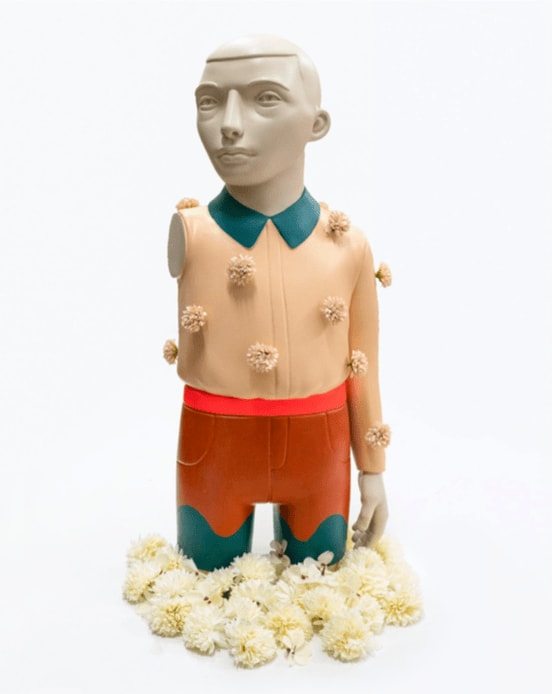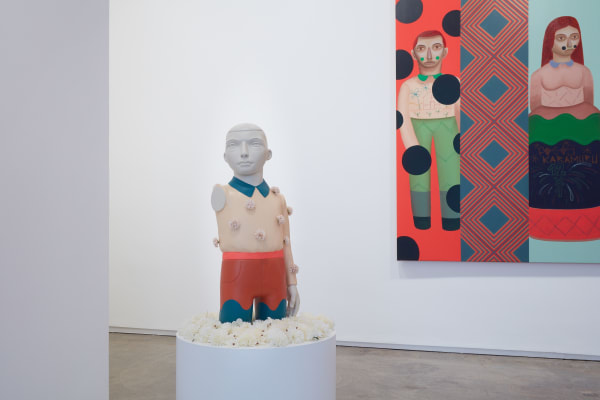Raphael Sagarra aka Finok: Purgatory
Private view: Wednesday 21 June, 6 - 8 pm.
Jack Bell Gallery is pleased to present an exhibition of paintings and sculpture by Raphael Sagarra aka Finok. This will be the artist's first solo show with the gallery.
In this new series, Sagarra presents work in dialogue with marginalised society and its various aspects. The exhibition introduces us to existing Brazilian subcultures living a reality far from the vast majority, bringing unknown elements together in gloomy atmospheres. Since his adolescence, the artist has followed and participated in underground movements that are devalued by society. His research begins in environments that in some way have a relation to this notion of abandonment. The work develops from records made in these places, through photographs, conversations with local people or memories. The records then take shape in his paintings, creating analogies that mix Brazilian popular culture, concepts related to vandalism and the questioning of contemporary social issues.
For Sagarra, painting is his main form of expression, often using vibrant and strong colors, tropical characteristics, striking lines and intuitive movements. His voice is original and unique, exposing images and symbols which are re-signified to open up multiple meanings. Within this iconography, the influence of cultural movements such as popular celebrations, carnival, transiting through to brazilian hooligan groups, is clearly perceptible.
'Serpentina e concertina' (Serpentine and concertina) is a fragmented painting that presents different scenarios, varying between vibrant, softer and stronger tones. It includes images such as a 'rojão', a bomb usually used in popular festivities but also as a weapon in conflicts between hooligans, riots or political protests. There are visual references to the militias in Rio de Janeiro, the unique and naive architecture of typical houses in the interior of Brazil, as well as indigenous, African and Japanese patterns that speak about the miscegenation of different cultures.
'Cada cabeça uma sentença' exposes several heads painted in different ways to represent 'ex-votos', objects naively made of wood which are given as an offering, as a form of gratitude for some grace achieved. The geometric shapes symbolize segregation through divisions and borders, with some images and inscriptions inserted randomly, referring to Brazilian popular architecture.
'Um é dois, dois é cinco' (One is two, two is five), addresses elements and objects that are part of everyday life. The work references a meaningless promotion selling coconuts, known by the name of 'pegadinha' (prank), alongside a well-known low-cost drink normally consumed by poor alcoholics but also popular among young people and a common image in marginalised social groups.
The work 'Confete', a face, represents an 'ex-voto' bearing several inscriptions. These talk about fire balloons and kites, a well-known and often illegal subculture in Brazil, as well as writings related to hooligans. Superimposed on the painting are coloured balls that symbolize confetti, used in celebrations such as carnival and its surrounding festivities, which are often decadent in places where the glamour is not the same as the carnival that the world sees.
In 'Le crocodile', a portrait is adorned with a symbol of the Lacoste brand crocodile, popular with young people mainly from poorer communities. The painting 'Três Palmeiras' shows markings similar to graffiti on the walls of local neighborhoods, such as shields of 'várzea football', a type of urban championship. In the midst of this, we see three palm trees, also very present in tropical environments and common housing.
- Raphael Sagarra aka Finok
Raphael Sagarra aka Finok was born in 1985 in Sao Paulo, Brazil. His work has been acquired by the Museu de Arte do Rio, Rio de Janeiro, Brazil. Recent solo exhibitions include the Museu de Arte Contemporanea de MS, Brazil, and the Museu de Arte de Blumenau, Brazil.
